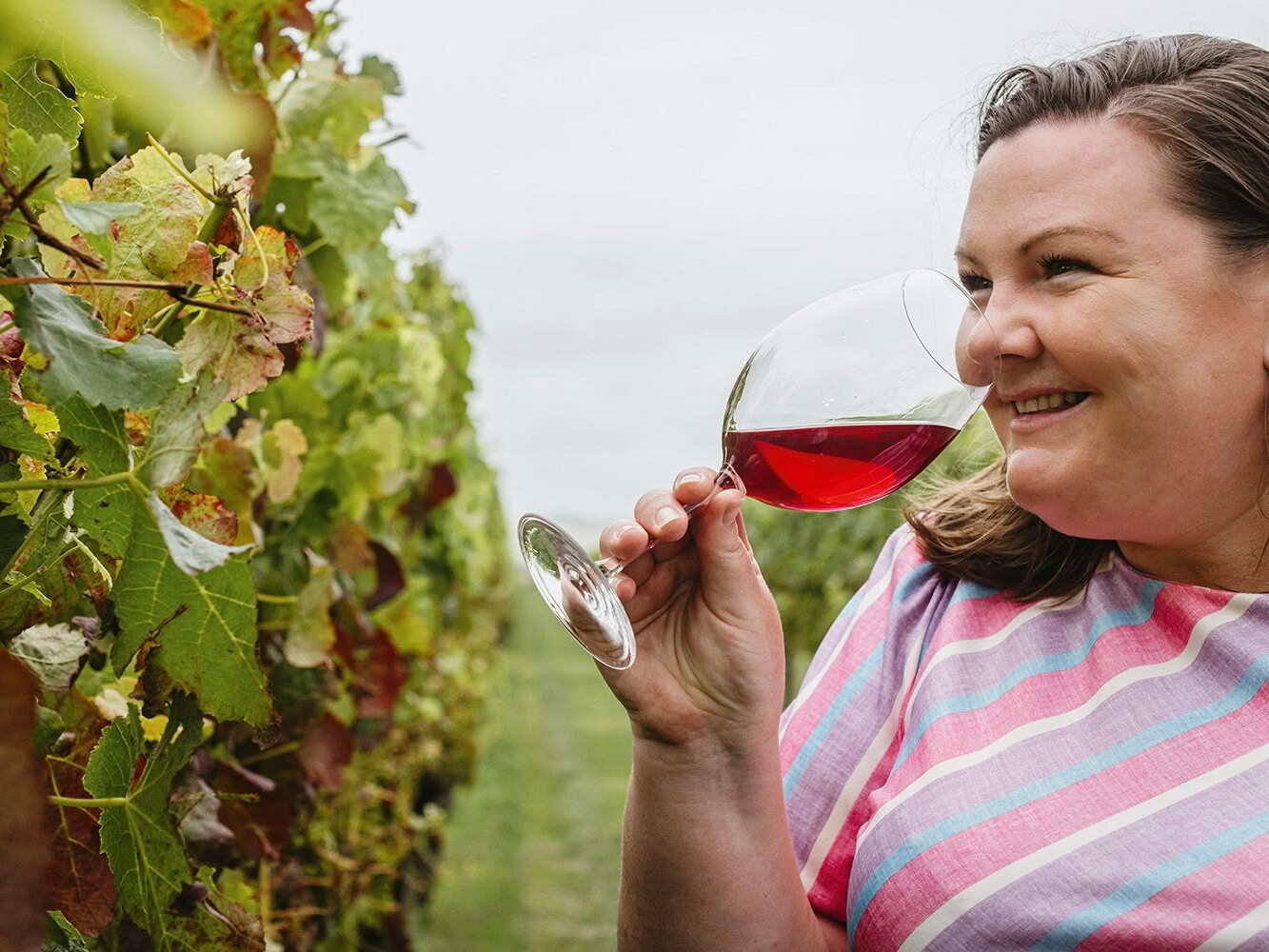For a small nation of 5.2 million people, we receive an outsized share of the world’s good wines and produce some of its best, too. This applies especially to sparkling wine but the diversity of what is available can be confusing for the drinker. This celebration season, learn a few tips and tricks to knowing what is in the bottle, how to tell different types of sparkling wine apart and, most importantly, more reliably find the types you like.
In the broadest sense, we categorise sparkling wine by how the bubbles get into the bottle: méthode traditionnelle (the Champagne method), the transfer method, méthode ancestrale or pétillant naturel (pét nat), the Charmat/Martinotti tank-fermented method (most prosecco) or simply carbonated. The most obvious visual differences are colour (white, rosé, orange/amber or red) but another physical trait is the wine’s effervescence. Méthode traditionnelle is the most effervescent, followed by transfer, Charmat, carbonated wines and finally pét nat. The more dissolved CO₂ in the wine, the longer it remains bubbly and, usually, the finer the mousse. Carbonated wines can have somewhat larger-feeling bubbles and pét nat bubbles can feel lighter.
Most sparkling wine is slightly sweet; indicated as Brut on the label. Technically, it means the wine has 12g/L or less of dosage or residual sugar, though in practice it is 6-12g/L. On the drier side are Extra Brut (0-6g/L) and Brut Nature or Zero Dosage (implying no dosage) but technically contains up to 3g/L. Terms on the other side of Brut are confusing, particularly for Italian wines. Directly sweeter than Brut is Extra Dry (!) which is not dry at all but contains 12-17 g/L of sugar. Then comes Dry, which is anything but at 17-32 g/L – equivalent to two sachets of sugar in a long black. Less common these days is Demi-Sec (literally half-dry) at 32-50g/L and lastly, everything above 50g/L belongs to the rare Doux category.
Look beyond technical sugar measurements and there’s a bigger question: how does sweetness affect our perceptions of taste? In high-acid wines from colder climates, such as Champagne or most of New Zealand, a bit of sugar (5-8g/L) actually offsets the acidity, granting a smoother mouthfeel. It also hides minor flaws and can enhance perception of fruitiness. These traditionally cool climates rarely have exuberant, ripe fruitiness; base wines tend to be acidic, tart and austere with herbal flavours and green apple or faint citrus if there is fruit at all. The best can show floral aromas and expressions of minerality (chalky, pithy or flinty). A sliver of sweetness can trick the palate into expecting riper fruit flavours and therefore emphasise what fruit there is. It is perhaps unsurprising that fruitiness is often confused with sweetness. However, sparkling wine does not come exclusively from cooler climates and neither does it have to be made from less-ripe grapes. Pét nat wines and specialist styles such as Moscato d’Asti (tank-fermented but stopped at low alcohols) are built around charming and exuberant fruit, and made with fully ripe grapes. Over the past few decades, even Champagne (led by the grower Champagne movement) has shifted its thinking to picking riper grapes, reducing the reliance on dosage sugar and making wines with more innate flavour rather than relying on bottle-aged tertiary notes like brioche and toast.
It could be argued that tertiary complexity constitutes most of a méthode traditionnelle’s appeal. These flavours – grouped under the term ‘autolytic’, though some are the result of slow, low-temperature Maillard reactions – occur while the wine is ageing on yeast lees during and after secondary fermentation. This time ‘sur latte’ happens before disgorgement (the process where deposits of dead yeast cells are removed) and can range from no time at all in the case of pét nat and many tank-fermented wines, up to several years in the case of some vintage méthode traditionnelle wines or the rarer reserve perpetual or ‘solera’ wines. One way of looking at it is a spectrum with fruit-focussed pét nat at one end and the tertiary development- focussed wines at the other end.
There are a few other bits of information which have an impact on taste. Prior to the secondary fermentation, the wine could be aged (or sometimes fermented) in oak, which can give some extra flavours or ageing characteristics. The other main inflection point for winemaking style is regarding malolactic fermentation, and different places (such as Hungary’s Etyek region) can lean towards either preferring or preventing this softening fermentation. Champagne, being traditionally very high in acidity and lean, tends towards allowing it to occur, though things are also changing there now (and some producers such as Salon have historically eschewed its use). Here in New Zealand, we have producers in both camps, though like Champagne, the tendency is towards allowing it to happen.
Armed with this knowledge, it is my hope that you have newfound confidence in navigating the diversity of sparkling wine available this festive season and choosing the exact type for your needs and tastes. Let us raise a glass to a better year to come with more reasons to celebrate life!





